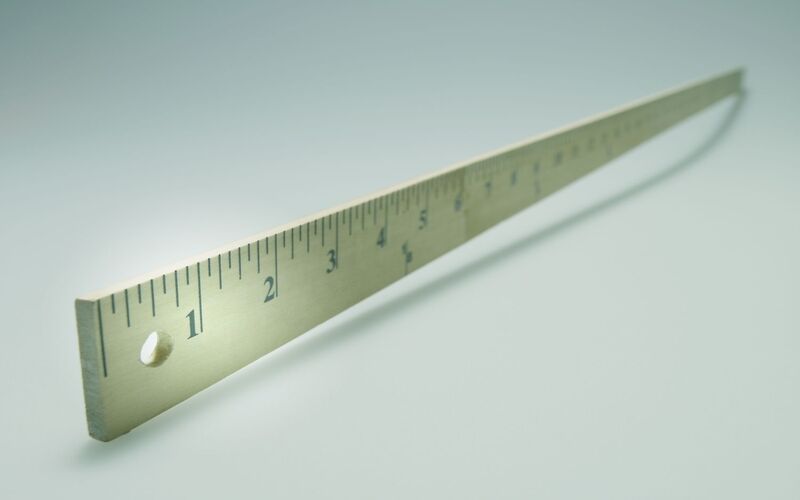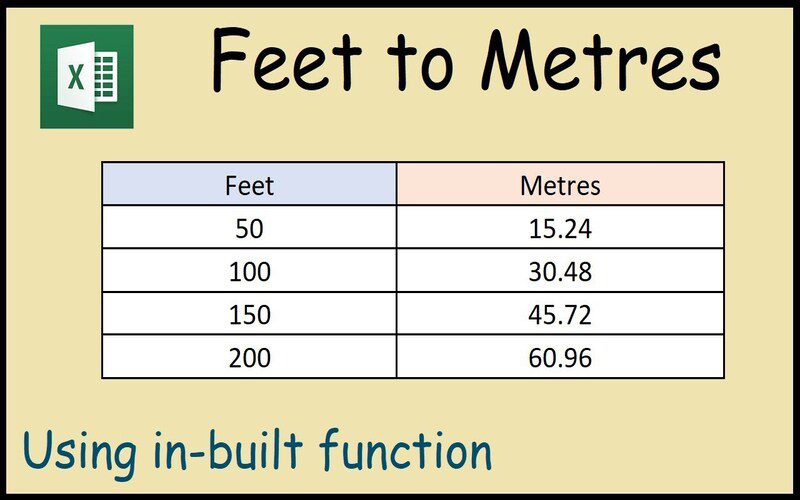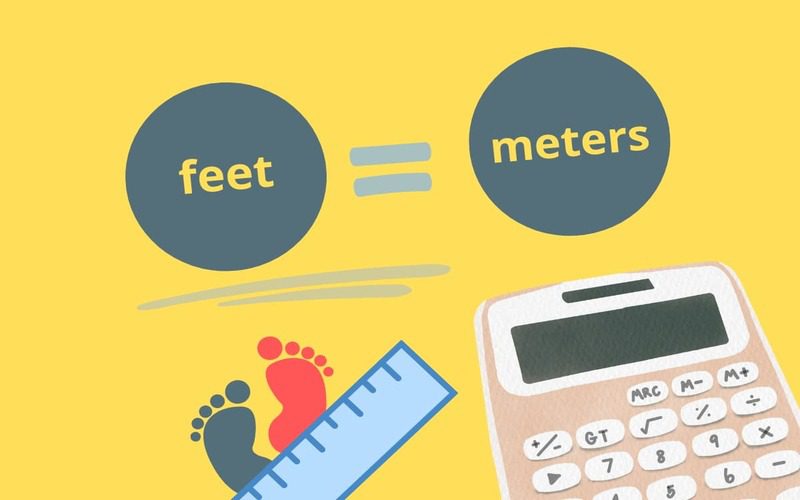In the world of measurement, feet and meters are two commonly used units of length, with feet being part of the Imperial system and meters being part of the metric system. The Imperial system is predominantly used in the United States, while the metric system is used by most of the world. Converting between feet and meters is often necessary in many fields, such as construction, travel, and engineering, especially when dealing with international data or working in regions that use different systems. In this article, we will explore the relationship between feet and meters, how to convert feet to meters, and why such conversions are important in various practical scenarios.

Understanding the Relationship Between Feet and Meters
The foot is a unit of length that originates from the human foot, which is why it is used in everyday measurements in countries like the United States and the United Kingdom. A foot is defined as 12 inches, and one foot equals 0.3048 meters in the metric system. On the other hand, the meter is the base unit of length in the metric system and is used by most countries around the world, except for those that use the Imperial system. The meter is more universally recognized, and its use simplifies many calculations, especially in scientific and academic contexts.
To convert feet to meter, you need to multiply the number of feet by 0.3048. This is because one foot is equal to 0.3048 meters. This relationship makes converting between the two units quite straightforward, and once you know the conversion factor, you can easily perform the conversion in any situation.
Formula for Converting Feet to Meters
Meters = Feet × 0.3048
This means that if you have a length measurement in feet and want to know its equivalent in meters, you simply multiply the number of feet by 0.3048.
For example, to convert 10 feets to meters, you would calculate:
Meters = 10 × 0.3048 = 3.048 meters
So, 10 feet is equal to 3.048 meters. This process can be applied to any number of feet, and it will give you the precise equivalent in meters.
Example Conversion
Let’s look at another example. If you want to convert 25 feets to meters:
Meters = 25 × 0.3048 = 7.62 meters
Thus, 25 feet equals 7.62 meters. This simple multiplication helps you switch between the two units quickly and efficiently.
Why Convert Feet to Meters?
There are several reasons why converting feet to meters might be necessary, particularly when working with different systems of measurement. Here are some of the most common situations where converting feet to meters is crucial:
- International Use and Standards: The metric system is the most widely used system of measurement worldwide, particularly in scientific, industrial, and commercial fields. Therefore, if you’re working with international partners, dealing with global standards, or reading scientific reports, it’s often necessary to convert feets to meters. Whether it’s understanding the height of a building or calculating the distance between cities, knowing how to convert feets to meters ensures that you are on the same page with colleagues or clients abroad.
- Construction and Engineering: In construction, measurements are typically given in feet in countries that use the Imperial system. However, blueprints, plans, and specifications might be provided in meters if the project is international or if the standard used is the metric system. This means that knowing how to convert feets to meters is essential for builders, engineers, architects, and other professionals in the field.
- Travel and Geography: For those involved in travel or working with maps, converting feets to meters can be important when navigating distances, heights, or depths. For instance, a mountain’s height might be recorded in feet in one country, but in meters in another. Knowing the equivalent measurement ensures you understand the scale, whether you’re tracking your altitude while hiking or checking the height of a landmark.
- Science and Technology: In scientific experiments or technological designs, the metric system is used universally. Research in fields like physics, chemistry, or biology often requires measurements to be in meters. Scientists might need to convert between feet and meters when working with data sets from different countries or when collaborating with international teams. Understanding the conversion between feet and meters helps maintain consistency and accuracy in research.
Common Feet to Meters Conversion Table
For convenience, here’s a conversion table showing the equivalents of feets to meters. This table provides a quick reference for commonly used values and helps save time in everyday situations.
| Feet (ft) | Meters (m) |
| 1 foot | 0.3048 m |
| 5 feet | 1.524 m |
| 10 feet | 3.048 m |
| 15 feet | 4.572 m |
| 20 feet | 6.096 m |
| 25 feet | 7.62 m |
| 50 feet | 15.24 m |
| 100 feet | 30.48 m |
| 200 feet | 60.96 m |
| 500 feet | 152.4 m |
This table can be useful when you need to make quick conversions without having to do the math every time. For example, if you have 100 feet and need to know the equivalent in meters, you can quickly refer to the table and see that 100 feet equals 30.48 meters.

Practical Applications for Feet to Meters Conversion
- Home Improvement Projects: If you’re working on a home improvement project and the instructions are in meters, but you’re more comfortable with feet, you can easily convert the measurements to feet. This is especially common when ordering materials for flooring, tiles, or wallpaper, where measurements in square feet may need to be converted to square meters for accurate calculation.
- Sports and Athletics: In track and field, distances are often measured in meters, but in some countries like the U.S., distances in certain sports like American football may be given in yards or feet. For example, 100 yards is equivalent to approximately 91.44 meters. Understanding these conversions helps athletes and coaches accurately gauge performance and plan training.
- Architectural Design: In global architectural projects, knowing how to convert between feet and meters is essential when dealing with floor plans, room dimensions, and building heights. Blueprints and construction specs often use the metric system internationally, so knowing how to convert these measurements is important for accurate project management.
Conclusion
In conclusion, the ability to convert is an essential skill for anyone working with measurements, whether in construction, science, travel, or everyday life. By understanding the relationship between feets and meters, and using the simple conversion formula Meters = Feet × 0.3048, you can easily switch between the two units of measurement. Whether you need to convert measurements for international projects, scientific research, or personal use, knowing how to convert between feet and meters ensures accuracy and consistency across different systems.






